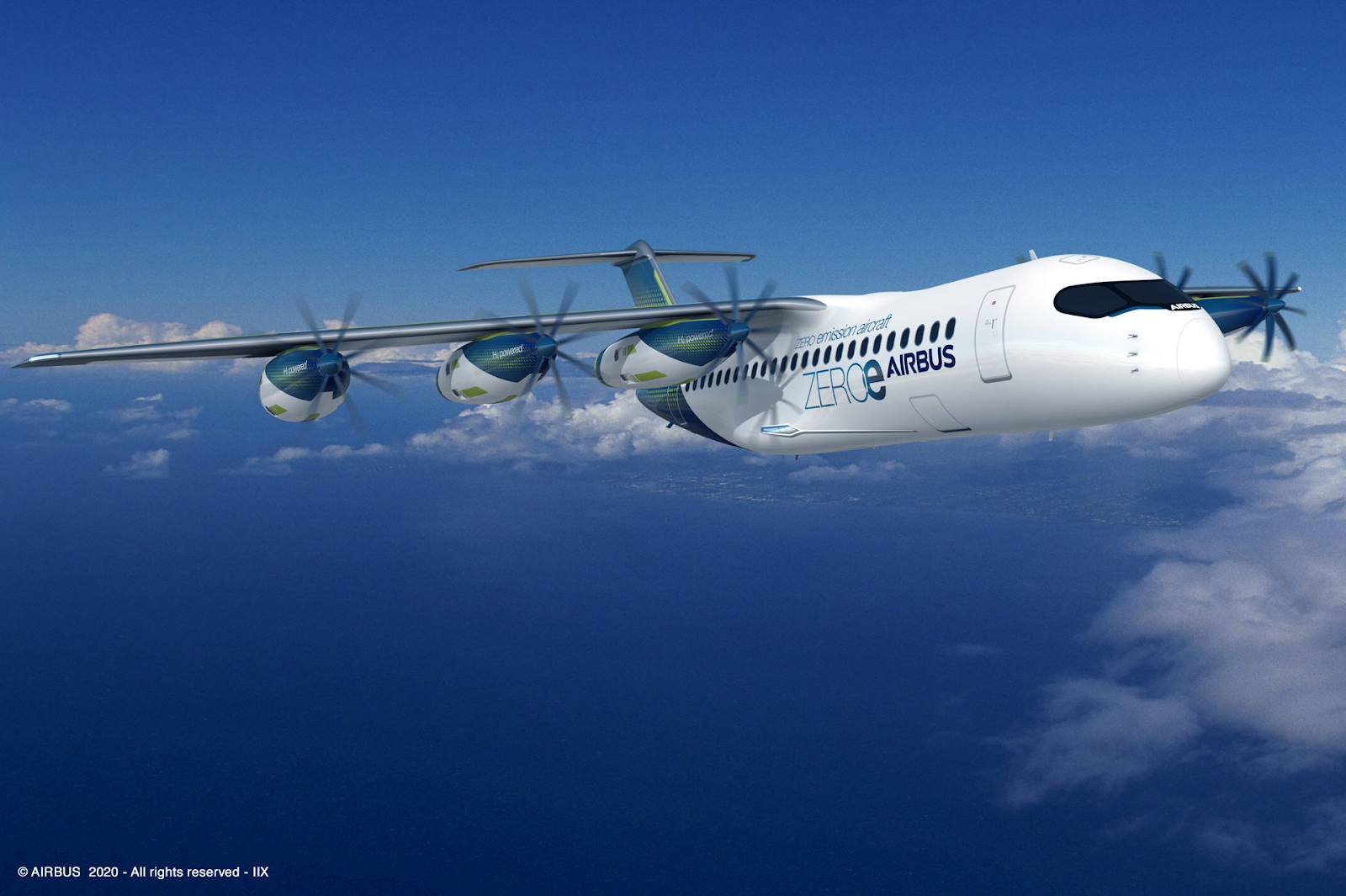Aviation companies have started testing electrical propulsion in aircrafts in order to reduce the value of CO2 emissions. Making the engine of an aircraft hybrid is one way of improving efficiency. An electric motor can be used at points such as take-off to provide an extra amount of forward thrust. This could make the whole system as the size of the engine can be made smaller because the power is being shared. This system is basically the ‘ Toyota Prius’ of aircraft ; with this system, the burning of fuel can take place separately and the propulsion can take place separately. This is known as distributed propulsion.
 |
| Distributed propulsion |
With this new system, passenger experience can be improved because turbulence can be managed in a more effective way, aircraft noise can be reduced. This makes the plane a lot more efficient without changing the shape. Aircraft design can be changed with electric propulsion coming into use. With electric propulsion, there won’t be huge engines hanging under the wings.
With these changes, 30-50% of fuel usage can be reduced which reduced CO2 emissions by a very large amount. Instead of the CO2 emission values quadrupling, it will only go up to around 1400 million tonnes. Flight tickets will be expensive because of fuel but if the amount of fuel is reduced then that would mean that flight tickets would become cheaper.
The main advantages from electric propelled aircraft are reduced CO2 emissions, safer and quieter skies, even more connected world, cheaper tickets, new flying options. If the aviation industry can slowly increase the number of electrically propelled aircrafts, it will reduce the CO2 emissions in our atmosphere remarkably as I mentioned earlier that the aviation industry contributes to a lot of the CO2 emissions in our atmosphere.
 |
| Electrically propelled aircraft |
Major companies like Rolls Royce, Airbus and Boeing have already started testing electrically propelled aircraft. Companies making electric planes are focusing on short-haul journeys – which produce more than 40% of aviation emissions – with the hope that a lighter battery will become available as the technology develops. Wright Electric which has a goal to help make aviation emission-free within 20 years – initially worked on electrifying two and nine-seater planes, before moving on to bigger aircraft. Working on short haul aircrafts is ideal as there are plenty of domestic flights that fly short distances in a country. So if all those aircrafts can slowly be electrified or made hybrid, it can reduce emissions substantially.
The partnership between Rolls-Royce, Airbus and Siemens was announced in 2017, their aim was to develop a much cleaner aircraft. Rolls Royce will be responsible for the turbo-shaft engine, 2MW generator and power electronics, while Siemens will deliver the 2MW electric motors and their power units. Airbus will work on the integration of the electric propulsion systems into the aircraft. This partnership between the 3 heavyweights from aviation would be the ideal start to electrically propelled aircraft. The main advantage of such big companies joining together to create the perfect electrically propelled aircraft is that they can come up with designs that can be inspired from their existing aircrafts.
 |
| The proposed design of the E-FAN X by Rolls Royce, Airbus and Siemens |



No comments:
Post a Comment